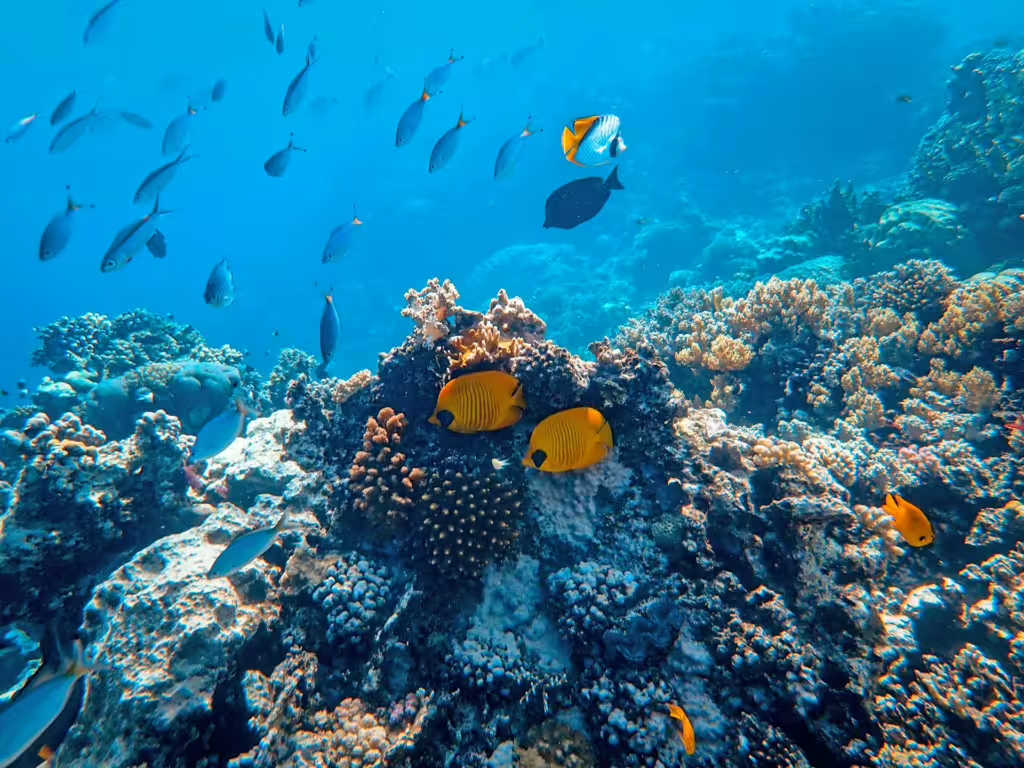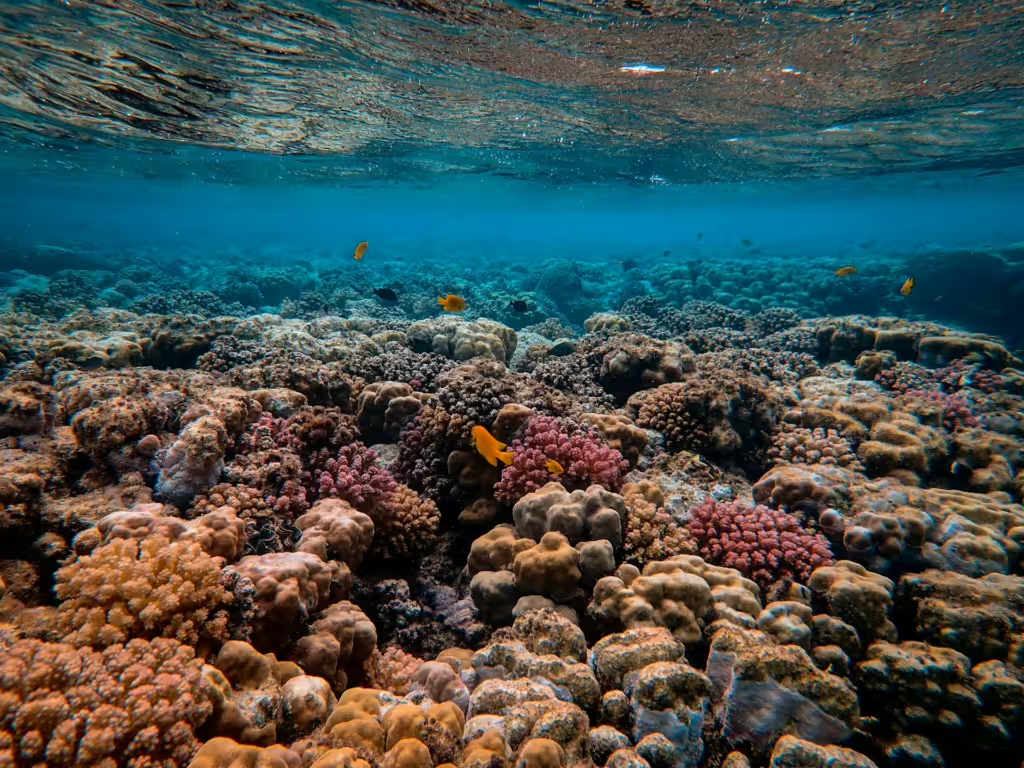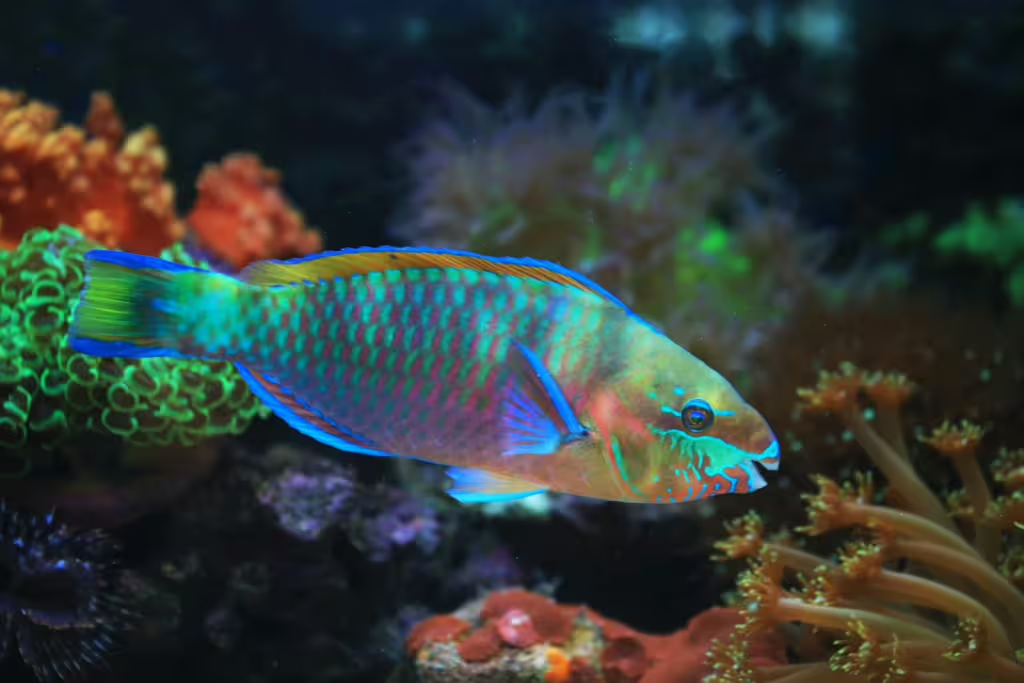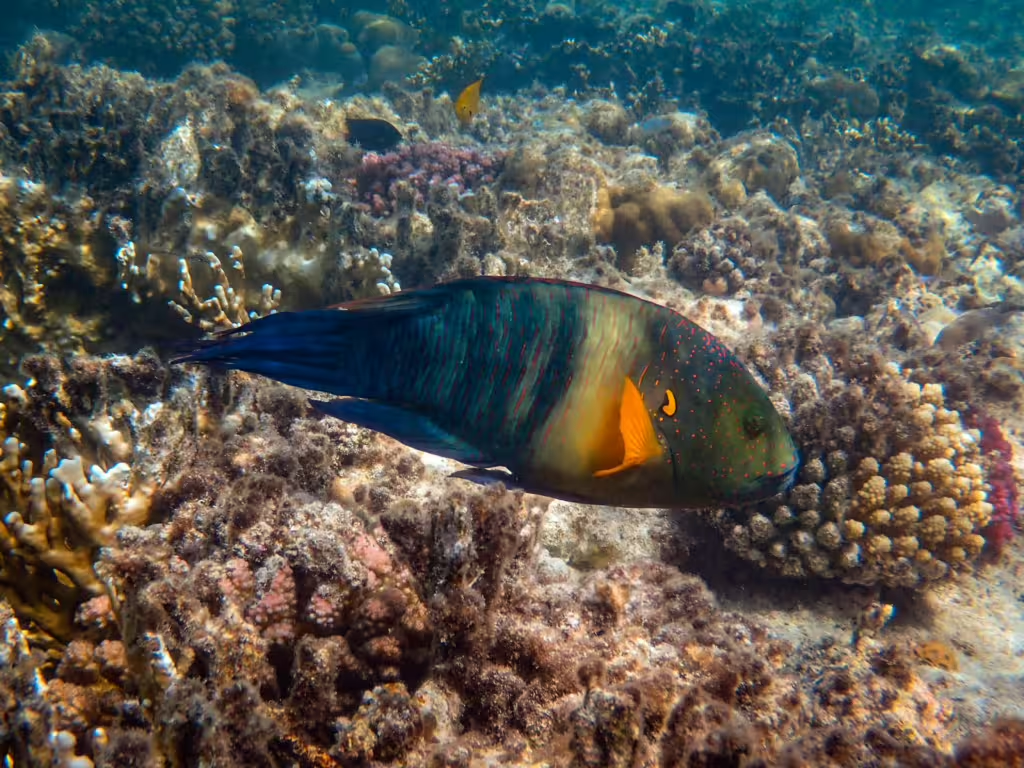When we see pictures or nature videos of coral reefs, many of us conjure images of brilliant, undersea cityscapes, bustling with life. These sprawling, underwater realms are rife with color, movement, and hundreds of different species all living in balance with one another. Whether tiny shrimp or massive moray eels, every one of the creatures that dwells within a coral reef has some part to play in the rich panoply of nature.
Many often liken coral reefs to “rainforests of the sea,” in fact, we at True Investigator have said as much on numerous occasions. Reefs account for a large percentage of marine life and in fact, nearly a quarter of all sea-faring plants and animals depend on them in order to survive. At the core of these reefs stand the calcium carbonate constructed coral structures that stand sentinel to all that swims around them. If coral reefs themselves represent the beating heart of tropical marine habitats, the coral within them is responsible for what makes that heart pump.
Despite their necessity and the vital ecological niche they inhabit, coral reefs are quite fragile. Moreover, a host of human-derived environmental issues continue to harass and diminish coral reefs all over the world. A lethal combination of rising ocean temperatures, acidification, overfishing, and physical damage from humans threatens their survival at every turn. Yet, coral reefs house a sort of secret weapon that may help to keep the ocean’s heart beating; parrotfish.
In this article, we will take a deep dive into parrotfish and other ecosystem engineers that have the capacity to protect their habitats, even from the likes of us. And while these helpful marine creatures are not necessarily incontrovertible answers to the issues plaguing the reefs, they do help to maintain the balance and health of their habitats. So grab your diving gear and lets go explore some reef saviors and how their remarkable adaptations may help balance things out!
Parrotfish: The Reef’s Gardeners and Sand Makers
Despite what some readers might believe, parrotfish are not a single type of fish with a birdlike beak, but a group of nearly 100 different parrotfish species! This group of colorful, medium-sized fish is most often found in tropical and subtropical waters. Parrotfish come in a wide array of colors ranging from blue and green, to yellow and purple. As their name indicates, all members of this fish family possess a remarkable dental structure; one that resembles, you guess it, a parrot’s beak.
Of course, this specialized mouth isn’t just for show. How could it be? Instead, the beak has evolved so that the parrotfish and its parrotfish kin can survive in one, specific type of marine ecosystem; the coral reef. You see, parrotfish use these strong beaks to scrape algae and other organisms off coral structures. This is important because, if left unchecked, algae can grow to overwhelm and smother young coral polyps. If new coral cannot grow, the reef slowly dies, so by consuming this algae, parrotfish allow new corals a chance to settle in and mature.

Algae isn’t the only problem that parrotfish take care of with their grazing habits, however. As they feed, their beaks nip off tiny particles of calcium carbonate, which pass through the parrotfish’s digestive system and are excreted as another ocean-wide necessity; sand. According to some estimations, one adult parrotfish can produce approximately 705 pounds of sand each year. Thus, in a very literal sense, parrotfish are responsible for many of the tropical island paradises that we humans have grown to know and love!
Other Heroes of the Reef: Who Else Helps Keep It Alive
Parrotfish are not alone in their service to the sea. As it happens, there is an entire community of organisms beneath the waves that help maintain the health of coral reefs. Strange and beautiful, each of the creatures listen below has its own specialized role within the delicate reef ecosystem:
Sea Urchins — The Algae Controllers
Most of us know sea urchins from children’s books and sushi menus, but these spiky little critters are more than just a marine curiosity or a high-class appetizer. Many readers might not realize that sea urchins are among the most vital algae controller in the ocean. Much like parrotfish, sea urchins scrape algae off hard surfaces with specialized mouthparts called “Aristotle’s lantern.”
Surgeonfish — The Reef’s Cleanup Crew
Surgeonfish, including species like the blue tang — made famous by Finding Dory — are another key group of algae-eaters that dwell within coral reefs.. These fish move in large schools and as they do, they collectively consume huge amounts of algae along the way. Like urchins and parrotfish, surgeonfish represent a kind of “clean-up crew”—keeping the substrate clear for young coral polyps to settle and thrive, despite other environmental stressors.

Herbivorous Snails — Small But Mighty
Many snails feed on algae and some species of marine snails, such as turbos and topshells, specifically feed on the algae that grows around reef habitats. These snails tend to graze on algae-covered rocks and sand, but are not above slithering up a coral to have a snack. Although tiny and slow-moving, their combined effort of many snails over vast areas can make a huge difference in preventing algae from overtaking reef ecosystems.
Cleaner Shrimp — The Reef’s Health Care Professionals
Remember that hilarious little cleaning shrimp in the tank in Finding Nemo? That one-note character was there for a very important reason. Cleaner shrimp, like the Pacific cleaner shrimp, for example, are so-named because of the hygienic benefits they provide for many reef-dwelling creatures. Unlike tank-cleaning shrimp, crustaceans like the Pacific cleaner shrimp help to remove parasites and dead skin from fish and other reef creatures. Tiny though they may be, these shrimp help keep the population of parasites under control, thereby reducing stress in their “clients”—including vital reef architects like parrotfish and surgeonfish.
The Interdependence That Sustains Reefs

If the shrimp were not a clear indication of the interconnectedness of reef creatures, then perhaps we can summarize for you. The roles of parrotfish, urchins, crabs, and other animals form a rich web of interactions that collectively keep their home ecosystem in balance. This interconnectedness is a blessing and a curse, however. For if we were to lose just one of these key players, the effects could ripple through the entire reef community and even from sea to shining sea.
One example involves an instance when black urchins nearly disappeared from the Caribbean. The urchins dwindled and algae quickly overran many of the surrounding reefs. Without those urchins to control algae and parrotfish to produce sand and clear space for coral, the ecosystem fell into disarray. The resulting imbalance caused a dramatic drop in coral cover and a subsequent collapse in the abundance of numerous species of fish and invertebrate life. Therefore, removing even one of the key players causes the entire system to break down.
True Investigator Says…
As you can see, parrotfish and their fellow ecosystem engineers are all part of what makes coral reefs tick. Their daily routines, grazing, cleaning, and creating sand, each contributes to marine health, not just in the reefs themselves, but in every corner of the world’s oceans. serve as the silent guardians of the world’s coral reefs. Without these strange and wonderful creatures, coral reefs would struggle even more against the rising tide of human influence.
It should be noted that it isn’t just the reefs that thrive because of the presence of these animals. Many humans the world over depend on fish for food and the reefs for tourism. Coral reefs also offer natural barriers against raging ocean storms, which threaten coastal communities just as much as empty nets. This means that without parrotfish and their allies, our own actions would further threaten food security, income, and coastal stability for many humans that live and depend on the ocean.
This is why we are so adamant about protecting the reefs and the parrotfish that call them home. In no uncertain terms, the very future of coral reefs depends on the health of their whole community — from tiny snails to the parrotfish themselves. Thus, by understanding and honoring these interconnected roles, we can help safeguard these rich habitats for future generations of humans and animals to come.
Discover more from TrueInvestigator
Subscribe to get the latest posts sent to your email.


